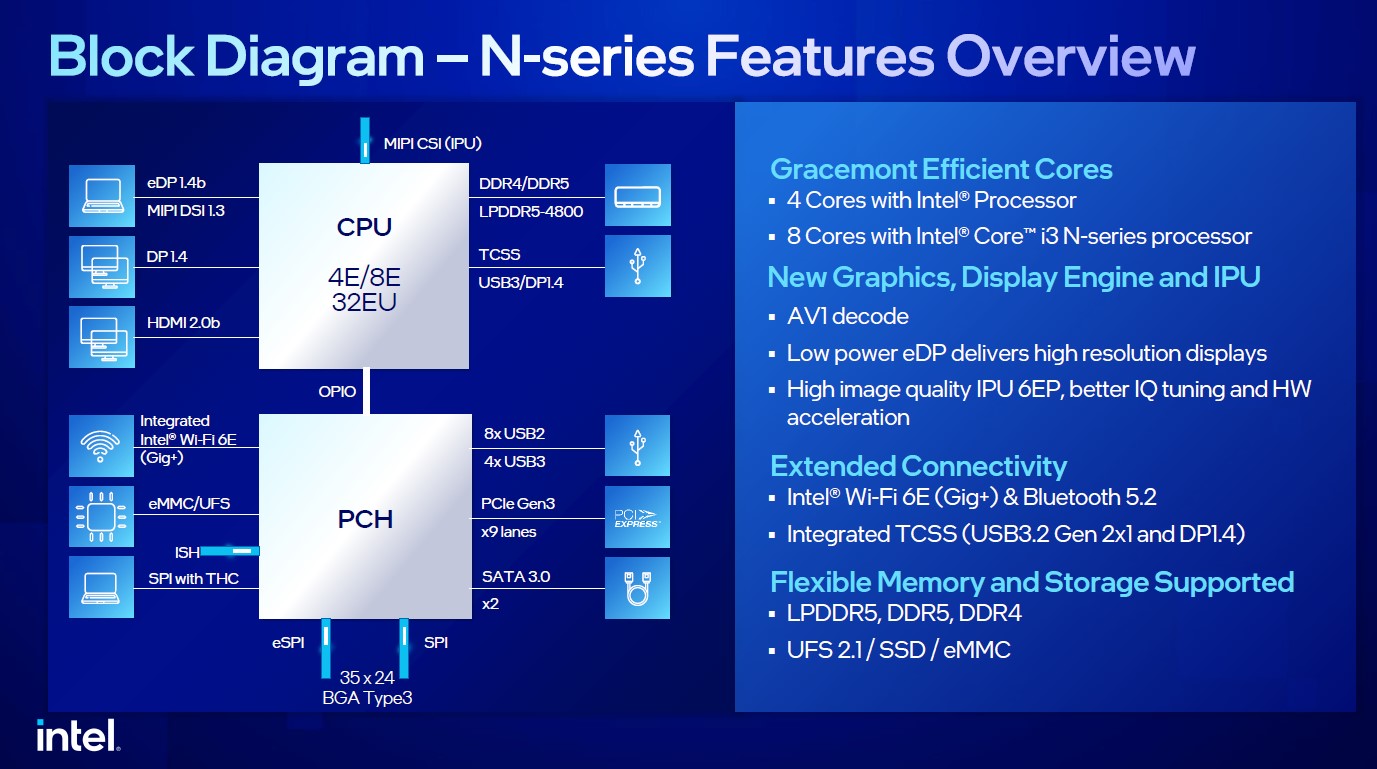thestryker
Judicious
I'm not sure what all is available options wise where you are but there are some very good N305 SBCs available. That would give you a little more flexibility with regards to what all you can easily run in parallel. If you needed more single threaded performance or more GPU capability then you might be able to find something inexpensive with an 8505.Wild Cat sounds very interesting to me. I currently use a home-made NAS on the basis of a Raspi 4, it's been running for 4 years now. I would like to use some Docker containers in the future, which currently isn't going very well. So I was looking at the N100, since boards with that chip are pretty cheap where I live, at 96€. Couple that with 16 - 32 GB RAM and you got a nice, inexpensive base for a NAS.
Wild Cat would be a lot more expensive at the start is my guess, the N100 certainly was, but would make for a good future upgrade, and maybe even lower N100 prices further. Though I would get the N100 rather sooner than later...
Nothing like this was available yet when I replaced my server box, but if it had I might have sacrificed overall performance for simplicity and low power: https://www.aliexpress.com/item/3256807101632310.html






